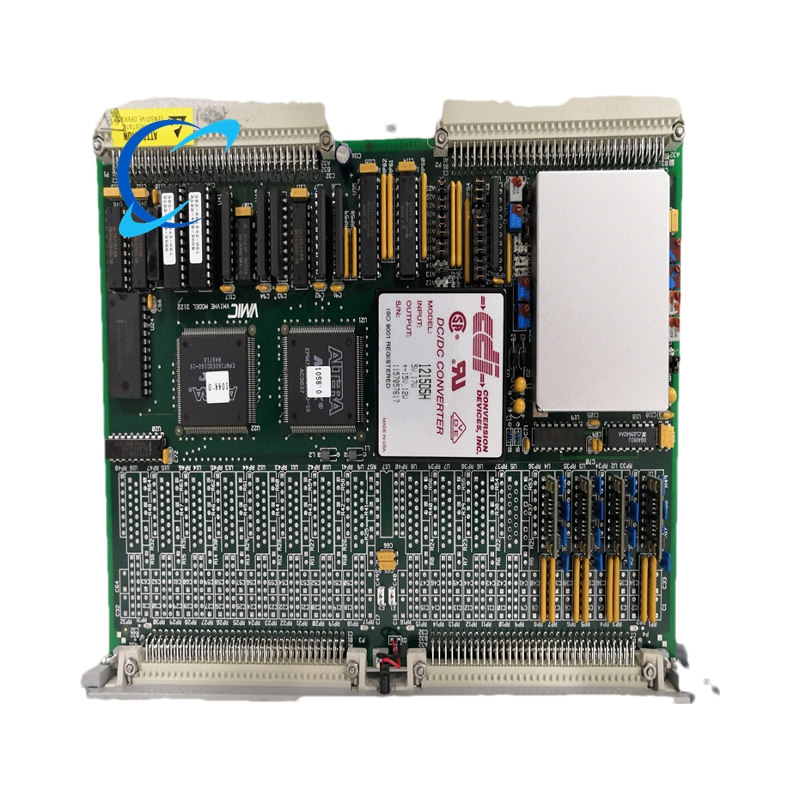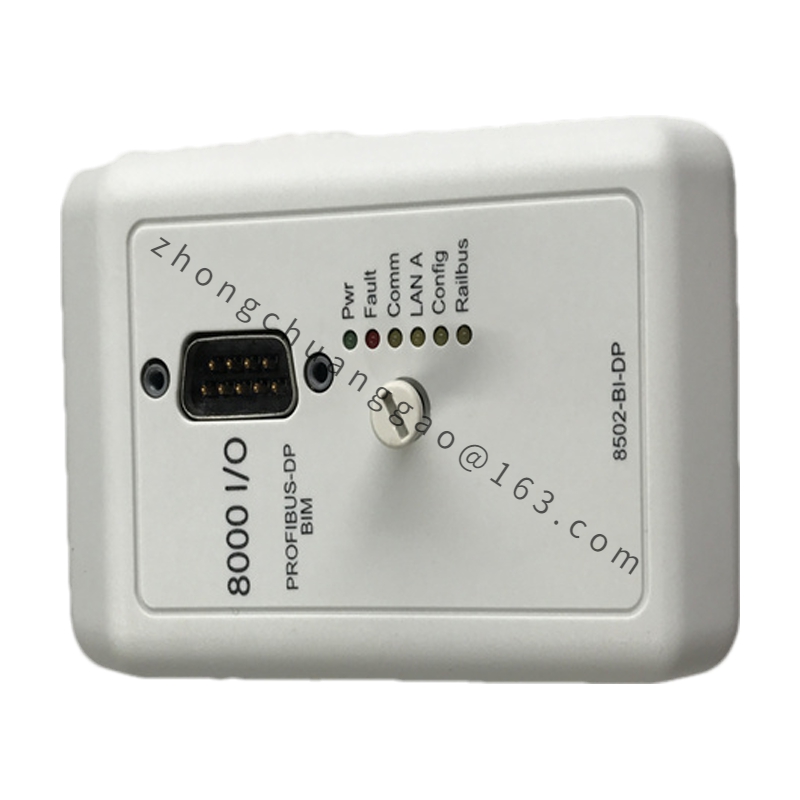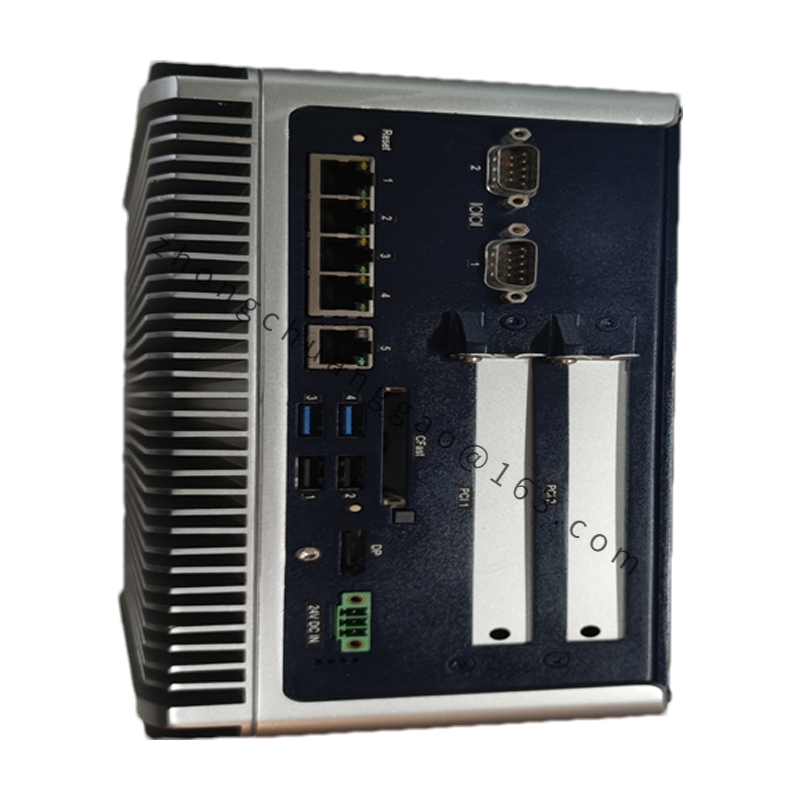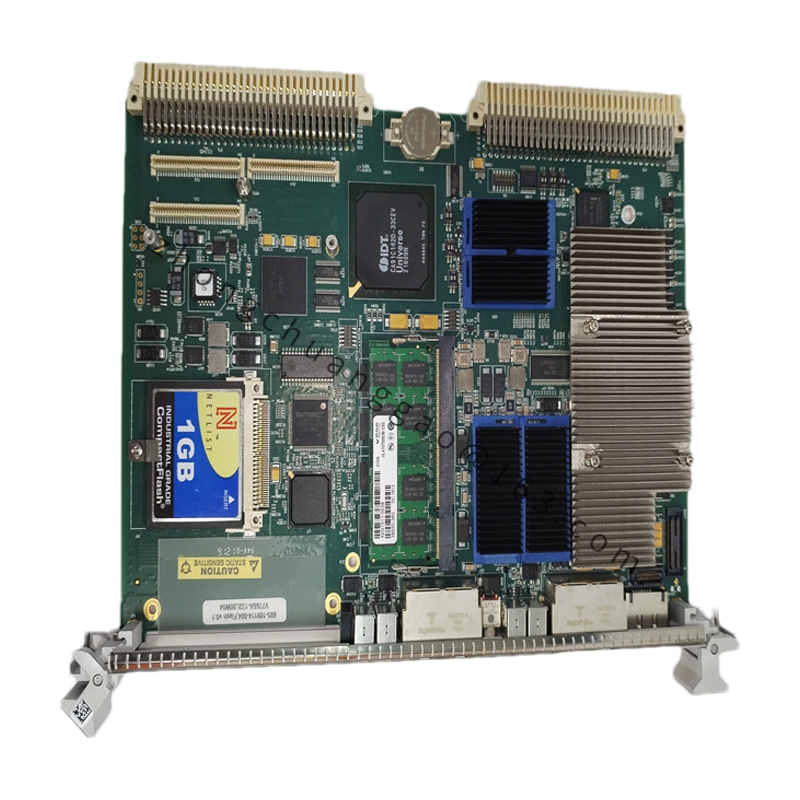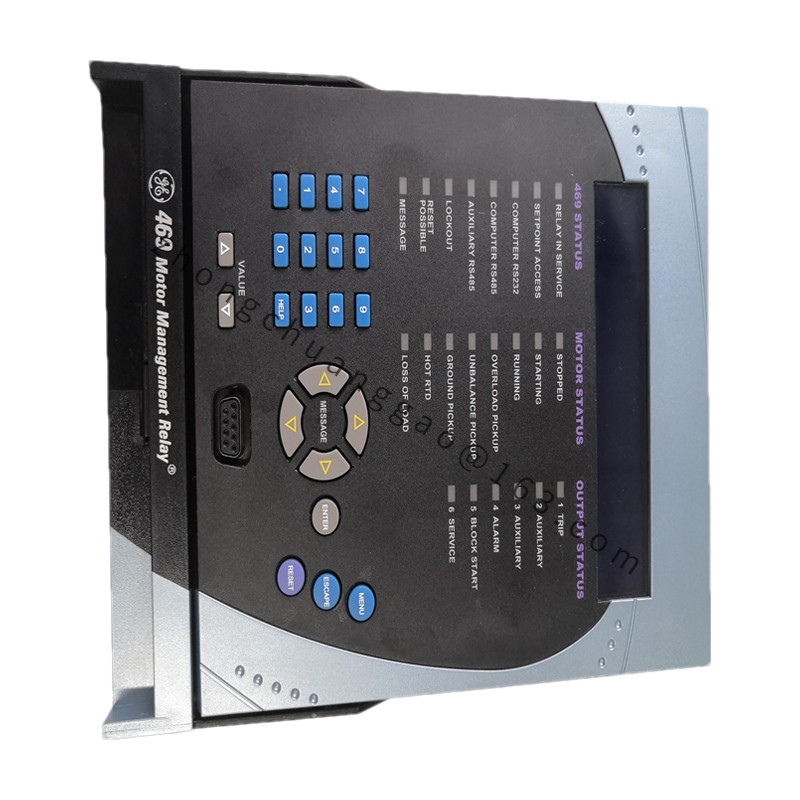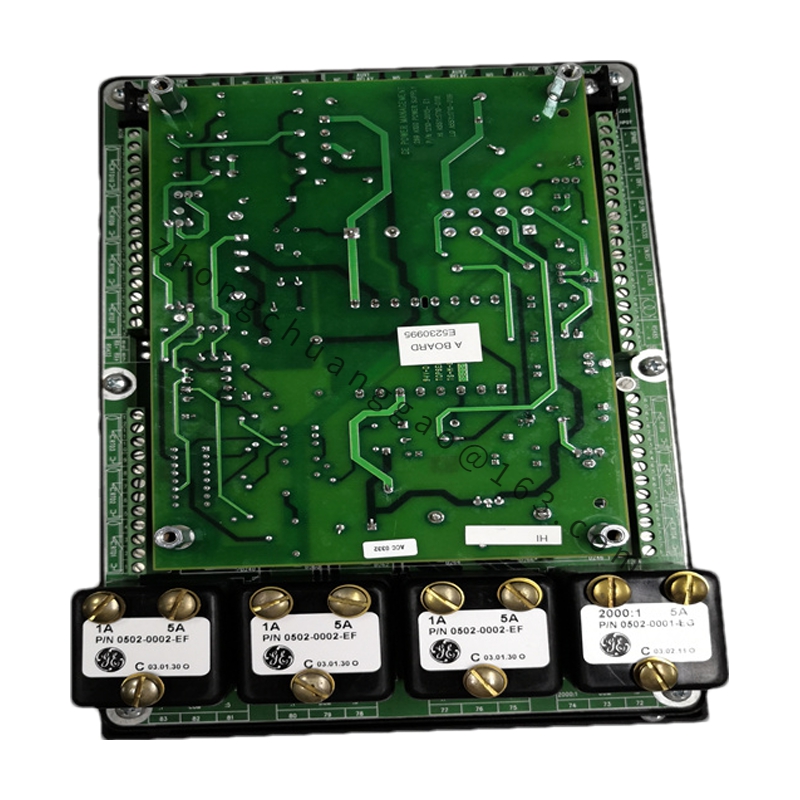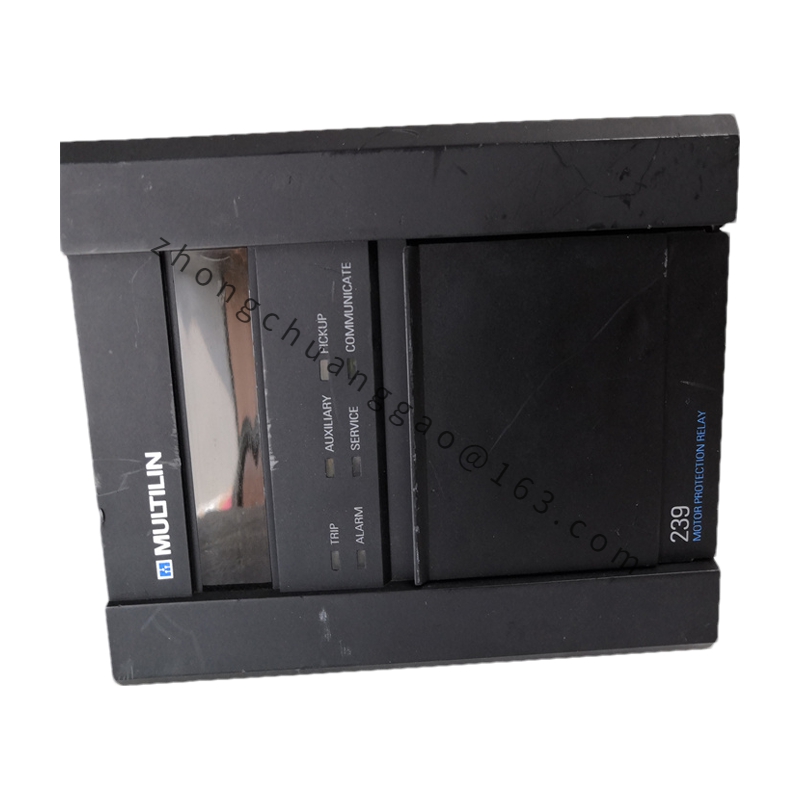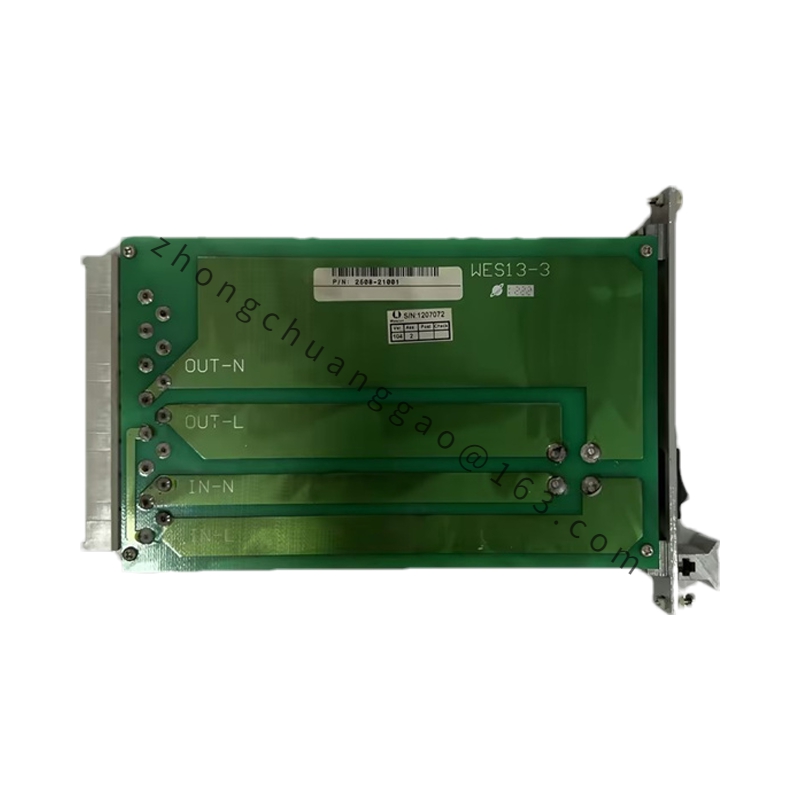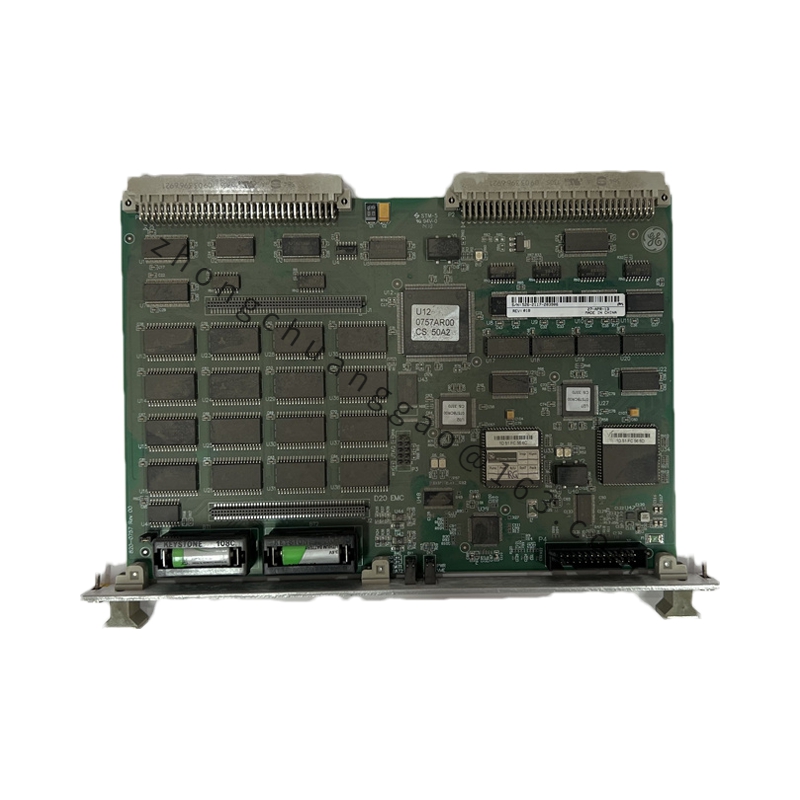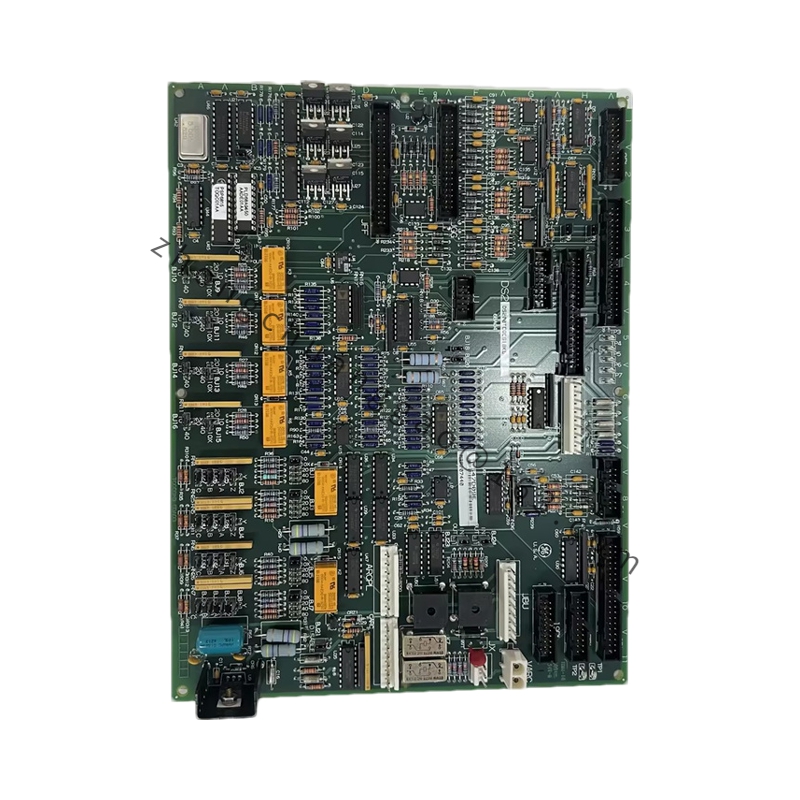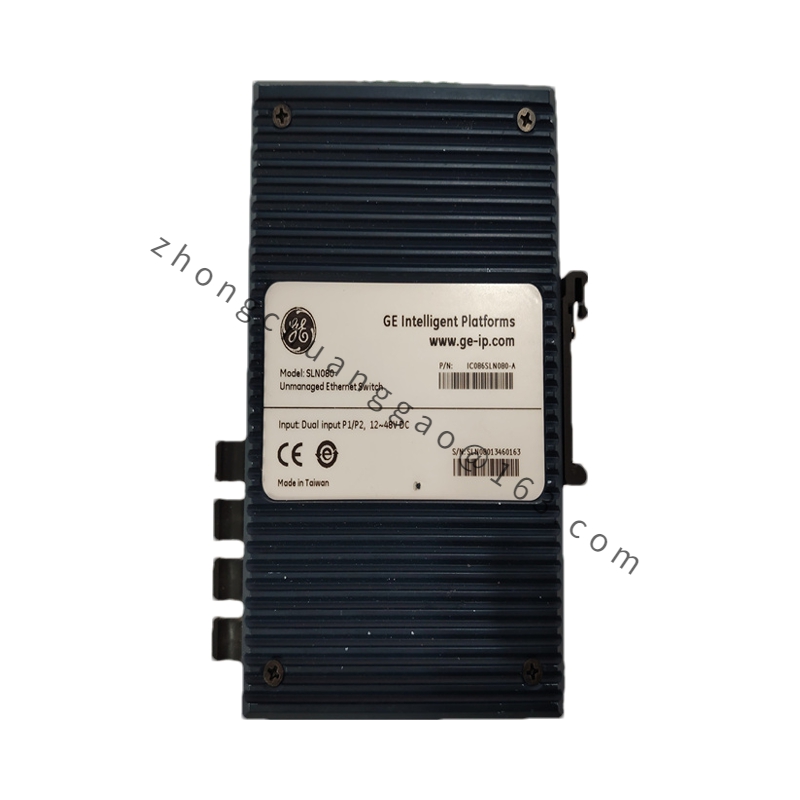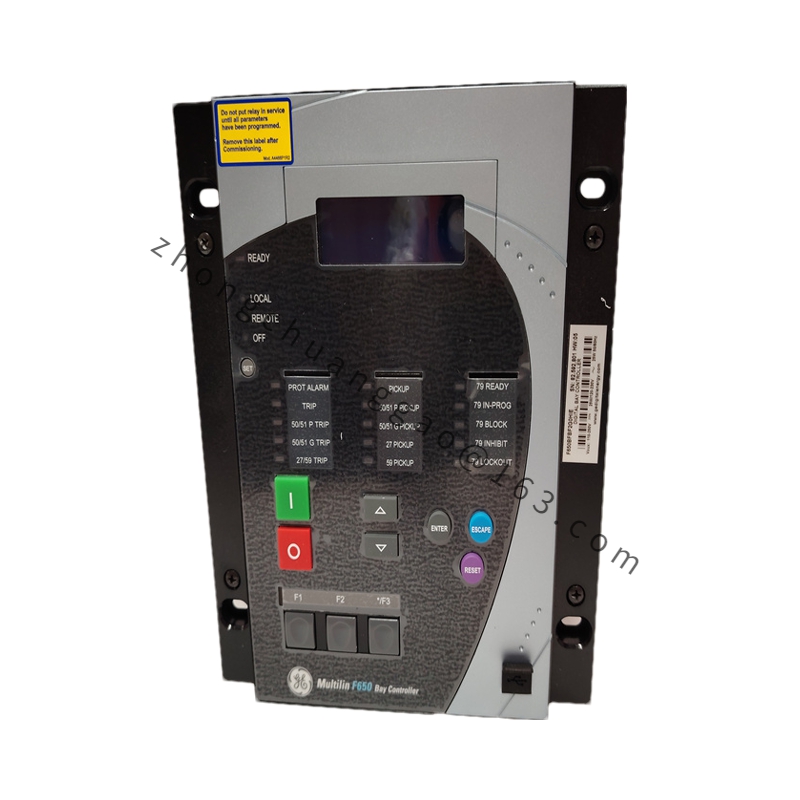GE VMIVME-5588 High-precision Analog Input/Output (AIO) module
The VMIVME-5588 is a high-performance reflective memory module designed for real-time data synchronization in distributed industrial and embedded control systems. It enables deterministic data sharing across multiple nodes via a high-speed VMEbus interface, supporting applications requiring sub-millisecond latency and high reliability.
Detailed content
Technical Specifications:
- Memory Architecture:
- Capacity: Configurable from 256 KB to 16 MB of dual-ported SRAM, providing fast read/write access for time-critical operations.
- Data Throughput: Unidirectional transfer rates up to 29.5 MB/s (non-redundant) or 14.8 MB/s (redundant mode), ensuring consistent data delivery across the network.
- Communication:
- Network Topology: Daisy-chained VME-to-VME architecture supporting up to 256 nodes, with fiber-optic or twinax connectivity.
- Fiber Optic: Single-mode fiber (10 km range) or multimode fiber (1 km range) with ST/PC connectors; twinax cables support 30 m distances.
- Interface:
- VMEbus Compliance: Full VME64 compatibility (A32/D32 addressing), with P1/P2 connectors for seamless integration into existing VME backplanes.
- DMA Support: Built-in DMA controller with 64 KB FIFO buffers for direct memory access, minimizing CPU intervention during data transfers.
- Environmental:
- Operating Temperature: 0°C to 55°C (industrial grade), with extended temperature variants available.
- Mechanical Robustness: Withstands shock (50g, 11ms) and vibration (10g, 10–2000 Hz) typical of harsh industrial environments.
- Power: Requires +5V DC (max 3A) and ±12V DC (max 0.5A), with low-power standby mode for energy efficiency.
Functional Features:
- Reflective Memory Technology: Data written to local memory is automatically broadcast to all connected nodes in real time, eliminating the need for explicit inter-process communication. This software-transparent mechanism ensures zero-copy data sharing across distributed systems.
- Interrupt Capability: Any node can generate hardware interrupts on other nodes or the entire network, enabling event-driven control and synchronization.
- Redundancy Mechanisms:
- Dual Data Paths: Redundant fiber-optic links for fault tolerance in mission-critical applications.
- Error Detection: CRC-32 checks and parity protection ensure data integrity during transmission.
- Flexible Configuration: Jumpers and software tools allow selection of node address, data rate, and redundancy mode without hardware reconfiguration.
- Software Compatibility:
- Drivers: Available for real-time operating systems (RTOS) such as VxWorks, Linux, and QNX, with API libraries for C/C++ and Python.
- BIOS Support: Pre-boot initialization for plug-and-play integration into existing VME systems.
Application Scenarios:
- Industrial Automation:
- Robotic Control: Synchronizes position data between multiple robotic arms in assembly lines, ensuring precise coordination.
- CNC Machining: Provides deterministic feedback for closed-loop motion control in high-speed milling and lathe operations.
- Aerospace and Defense:
- Flight Simulators: Coordinates hydraulic actuator movements and cockpit inputs across distributed computing nodes.
- Radar Systems: Enables real-time data fusion from multiple antenna arrays for target tracking and beamforming.
- Energy Sector:
- Wind Turbine Control: Shares blade pitch and generator speed data between distributed PLCs, optimizing power output in varying wind conditions.
- Power Grid Management: Synchronizes phasor measurement units (PMUs) for wide-area monitoring and stability analysis.
- Medical Equipment:
- MRI Scanners: Coordinates gradient coil currents and patient positioning systems with sub-millisecond latency.
- Robotic Surgery: Ensures sub-millimeter precision by synchronizing endoscopic camera feeds with robotic arm movements.
- Transportation:
- Railway Signaling: Monitors track switch positions and train velocities across multiple control centers.
- Autonomous Vehicles: Facilitates real-time sensor data sharing between compute modules in self-driving platforms.
Discover our other products
GE Fanuc IS210AEBIH1B
IS210AEBIH1BAB
IS210AEBIH1BAA
IS210AEBIH1BEA
GE Fanuc IS210AEBIH1BED
GE Fanuc IS210AEBIH3BEC
GE Fanuc IS210BPPCH1AC
GE Fanuc IS210BPPCH1AD
GE Fanuc IS215AEPCH1B
GE Fanuc IS215UCVEM06A
GE Fanuc IS220PDIOH1A
GE Fanuc IS220PPROH1A
GE Fanuc IS230SNCIH6A

